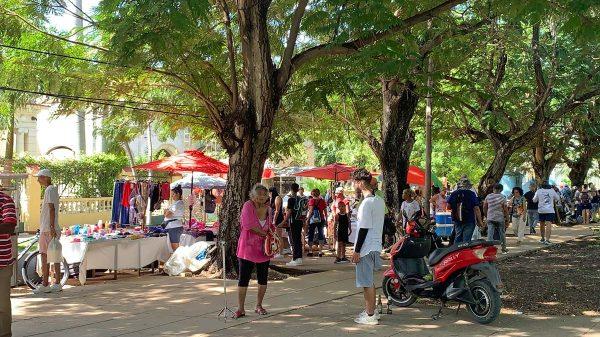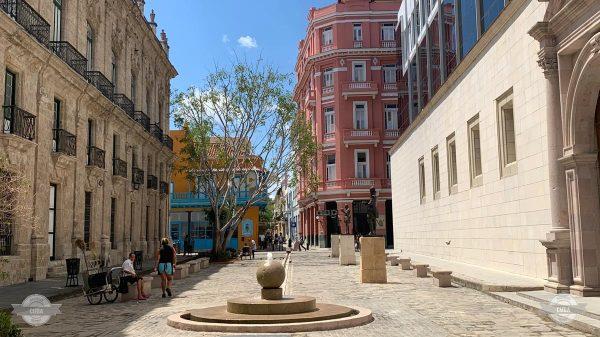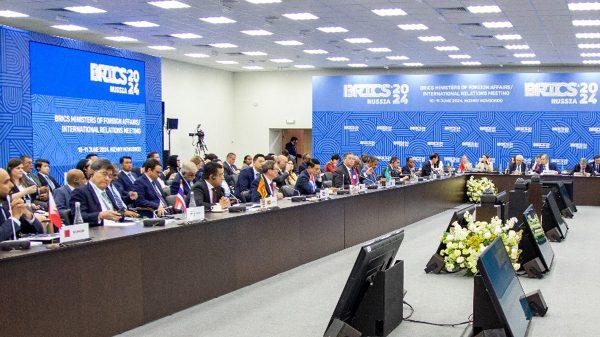For the year 2016, Cuba economic growth is forecast at two percent, a decrease from the 4.7 percent achieved in 2015. Although this represents a decline, 2% is still more than acceptable when compared to other emerging market and developing economies. The 2016 – 2017 economic outlook is bleak due to a variety of problems including declining oil and nickel prices resulting in reduced export income. Other factors hindering economic development include the American embargo and the economic and political turmoil in Venezuela.
Venezuela is Cuba’s primary trading partner, but the economic and political unrest in the country has caused a major liquidity crunch for Cuba. The downfall of the Venezuelan economy severely impacted Cuba’s cash reserves. Venezuela is one of the chief reasons for the slowed growth Cuba. Cuba and Venezuela’s exchange program, the Convenio Integral de Cooperación, of oil for health, technical services and support, means Cuba is buying oil for a price higher than what the market dictates. Cuba was receiving 90,000 oil barrels a day under the Convenio Integral de Cooperación agreement, oil which it used for multiple purposes.
During the first half of 2016, the economic numbers for Cuba were well below spectacular. The GDP growth was at 1 percent, far short of expectations. The decline in oil prices, a poor sugar harvest and export income led this scenario. Cuba embarked on an energy saving program in the summer, shutting offices and reducing work hours for government staff. The forecast for the remaining six months is also not so bright, with a one percent decrease in GDP being projected.
President Castro acknowledged the economic difficulties facing Cuba last July but assured that measures were being taken to reduce the impact of a potential downturn. During the recent visit of Prime Minister Justin Trudeau to Cuba, President Raul Castro, made some remarkably candid statements about change in Cuba.
“Even though I have said we have to move slowly, you cannot go too fast. I have said slowly, but steady,” Castro said through an interpreter. “We cannot go as fast as my friend (U.S. President Barack) Obama would have it, nor as slowly as some of our people would like it. I’m telling you very candidly.”
The American election will effect future numbers for the economy of Cuba. Hillary Clinton’s loss in the recent U.S. presidential race has presented an unknown factor in the growth of the economy. Had Clinton succeeded Barack Obama as president, one could have expected a relatively seamless transition of America’s slowly improving trade relations with Cuba. However, one has to assume a wait-and-see position because it is currently unknown as to what exactly president-elect Donald Trump will do in relation to all things Cuban. However, there is the possibility that Trump, more of a businessman than a politican, will move things forward and not backwards.
With economic growth in mind, Cuba realizes the benefits of foreign investment. For Cuba’s economy to stabilize, it will need at least $2.5 billion dollars in foreign investment each year. Since the creation of the new law for foreign investment in 2014, 83 joint venture projects approved. These projects though have only amounted to about $1.5 billion dollars in a year.
Cuban Foreign Commerce Minister Rodrigo Malmierca stated at the FIHAV 2016 that Cuba was not meeting its own expectations for foreign investment. “We aren’t advancing, I repeat, at the rhythm that we want,” Malmierca said. “We need to keep working hard for deals to become reality without problems, without unnecessary delays.”
Also complicating and thwarting Cuban economic growth is the problem of banking for Cuba and the high cost of foreign financing. Cuba is not able to access credit from international financial institutions such as the World Bank. Cuba is forced to rely on short-term loans for importing oil and food. Interest rates for Cuban borrowing has been reported at 22%.
Cuba has always acknowledged its foreign debt, though the total outstanding debt of Cuba is not known publicly. The country has put forward efforts to address it. The country’s external debt was in default in 1986. Since 2013 there’s been an active attempt by Cuba to improve its economy and service debt obligations. In December of 2015, Cuba reached an agreement with most of the Paris Club creditors for $8.5 billion, whereby creditors agreed to forgive past due interest and penalties. Since then, many countries have offered even further debt assistance. Its strong alliances with countries such as Russia, China, Japan and Mexico is indicative of this development one the debt front.
In September 2016, Cuba signed an agreement with Japan to restructure its long- and medium-term debt with the Asian superpower. Such understanding has been effected with 13 other countries that are part of the Paris Club. Italy, France, Japan and Russia are some of the nations which have offered debt forgiveness and debt restructuring.
The agreement with the Paris Club is assisting in reducing external debt numbers. That figure of principal and interest for its financial obligations, may amount to as much as $400 million every year. Cuba is hopeful of finding a route to counter the new debt service payments, with the assistance of developed nations. Countries such as China have offered lines of credit for infrastructure development and equipment.
Strong factors contributing to the growth of economy of Cuba include remittances, Cuba’s rising entrepreneur class, exportation of Cuban medical services and tourism. Remittances from abroad are a strong contributor to the economy amounting to estimates of $800 million to $1.5 billion per year last year. (The exact figure of these remittances is unknown).
Tourism is continues to be the number one hard currency earner to Cuba, helping grow its economy. Cuba is most definitely experiencing an unprecedented tourism boom, with a growing number of American tourist adding to the numbers, despite the fact that U.S. travel is limited to one of 12 approved categories.
In the first half of this year, Cuba received 2,147,912 visitors from abroad, including 136,913 from the U.S. This latter number was 80 percent higher than the total for the first half of 2015, according to the national statistics office, ONEI. During this time period, tourism contributed more than $1.2 billion dollars to the economy, but this amount does not include income from private businesses such as casa particulars and paladars (restaurants).
Improved relations with the U.S. are expected to facilitate an improvement and rise in economic status in 2018-2021. It’s currently a wait and see position, however, very dependent on what the new American president will do for Cuba-US relations.
Zoe Veraz is a content writer, freelance journalist and regular contributor to the Cuba Business Report.















